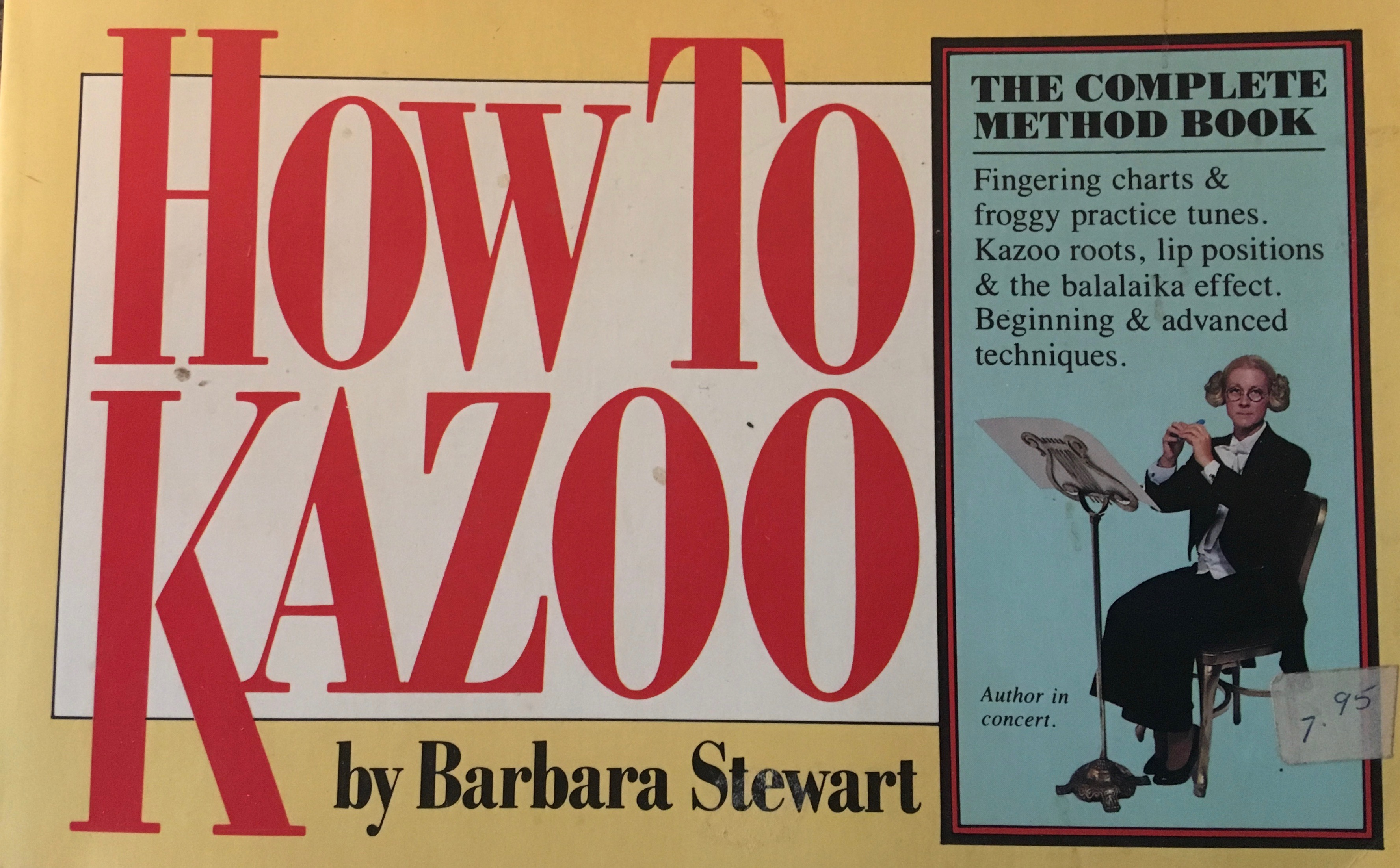At this point, I leap into the mid 20th century. This Bible is the same size as the 1899 Bible and the original owner, my elder brother the same age, nine, as my grandfather when he received his Bible in 1899. There are differences, however. This Bible, as was common in the United Church of Canada, was given to students free at a certain age in Sunday School. It is cloth bound, not leather and has no special identifier on the cover. It has maps at the back, but in black and white and only three: ‘The Ancient World’ (actually the eastern Mediterranean sometime prior to the arrival of the Roman Empire in the east); ‘Palestine’, with three inset maps of Palestine at the time of the Tribes of Israel; at the time of the Kingdoms of Judah & Israel and ancient Jerusalem; thirdly, ‘The Mediterranean World in the First Century’ – listing some of the Roman provinces and showing as far west as Italy. The book is published by the American Bible Society and is less obviously directed towards historical study than the 1899 Bible.
Sunday School classes in the United Church of Canada were heavily weighted towards teaching basic Christianity utilizing the Bible, reinforced by hymns for children such as Jesus Bids Us Shine.
My memory of my elder brother (who died of cancer 16 years ago) was of a natural cynic about Christianity. He claimed to me when a teenager that he had read through the Bible and was unimpressed. When my family lived in Toronto and he was a teenager, my parents made him attend their United Church congregation there, rather than senior Sunday School. I recall one time when I attended too, instead of going to Sunday School, he gave me lessons on how to avoid boredom. He brought along paper and a pencil and sat drawing pictures or doodling through the service. He told me I should do the same if I were ever required to undergo this experience in the future.
In later life he became an aficionado of various exotic spiritualities. After his death, when my sister and I travelled to the family home where his life ended, I found a book shelf filled with volumes on Buddhism, Hinduism, Shinto and New Age material, but no Bibles. I think he was a bit ahead of his time in terms of the decline of active (or even passive) Christian belief in Canada. A harbinger, if you will.
It is interesting though, that he kept this Bible, even if not on his main bookshelf.
Insurance?






 A book I shall treasure always (along with a pamphlet that came with my triangle), by one of the pre-eminent kazooists in the world, Barbara Stewart. There is a wonderful YouTube video that illustrates perfectly the profound musicality of this under-rated instrument, in an introduction to the chamber group,
A book I shall treasure always (along with a pamphlet that came with my triangle), by one of the pre-eminent kazooists in the world, Barbara Stewart. There is a wonderful YouTube video that illustrates perfectly the profound musicality of this under-rated instrument, in an introduction to the chamber group,